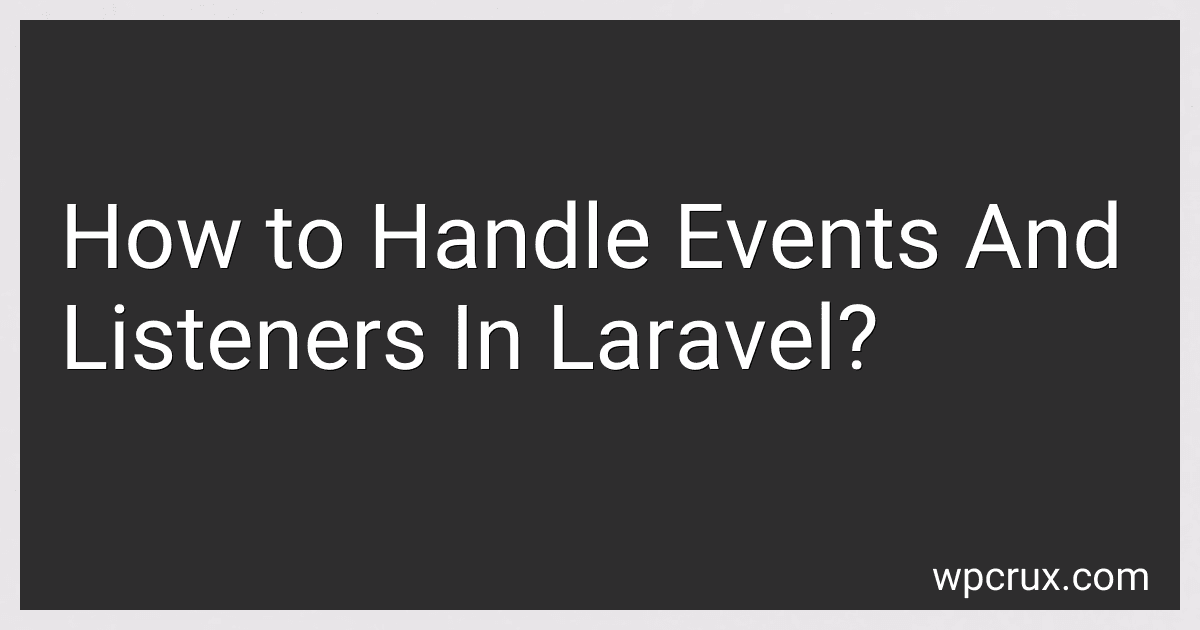Best Laravel Event Handling Tools to Buy in October 2025
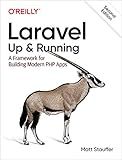
Laravel: Up & Running: A Framework for Building Modern PHP Apps


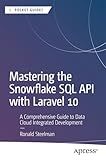
Mastering the Snowflake SQL API with Laravel 10: A Comprehensive Guide to Data Cloud Integrated Development (Apress Pocket Guides)



Laravel Essentials: Tips & Tricks for Developers: Master Laravel with Practical Tips for Every Developer


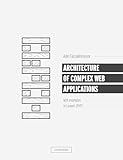
Architecture of complex web applications. Second Edition.: With examples in Laravel(PHP)


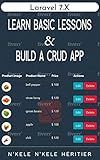
Laravel 7.X : LEARN BASIC LESSONS & BUILD A CRUD APP (PHP Framework)


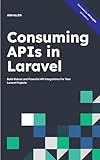
Consuming APIs in Laravel: Build Robust and Powerful API Integrations For Your Laravel Projects With Ease


In Laravel, you can handle events and listeners to decouple the code and make it more organized and manageable.
To create an event, you can use the make:event Artisan command, which will generate an event class in the app/Events directory. Inside the event class, you can define any data that you want to pass to the event listeners.
To create a listener, you can use the make:listener Artisan command, which will generate a listener class in the app/Listeners directory. Inside the listener class, you can define the logic that should be executed when the event is triggered.
To attach a listener to an event, you can use the listen method in the EventServiceProvider class. This method takes the event class as the first argument and the listener class as the second argument.
You can also use the Event facade to fire an event and pass any data to the event listeners. This will trigger all the listeners attached to that event and execute their logic.
By using events and listeners in Laravel, you can make your code more modular, reusable, and easier to maintain. It also allows you to decouple different parts of your application and improve its overall performance and scalability.
How to fire an event in Laravel?
In Laravel, you can fire an event by using the event() helper function with the name of the event and any additional data that needs to be passed to the event listeners.
For example, to fire an event named OrderShipped, you can use the following code:
event(new OrderShipped($order));
In this example, we are firing an OrderShipped event with the $order object as the data passed to the event listeners.
To create event listeners for the event, you need to create a listener class that implements the ShouldQueue interface if you want to run the listener asynchronously. Then, you can define the logic for handling the event in the listener class.
You can also use the dispatch() method to dispatch an event to the queue for asynchronous execution.
event(new OrderShipped($order));
This will push the event onto the queue for processing by a listener.
You can then register the event listeners in the EventServiceProvider class by adding them to the $listen array.
protected $listen = [ 'App\Events\OrderShipped' => [ 'App\Listeners\SendOrderShippedNotification', ], ];
This will ensure that the SendOrderShippedNotification listener will be called when the OrderShipped event is fired.
What is an event dispatcher in Laravel?
An event dispatcher in Laravel is a component that allows you to define custom events and listen for those events within your application. It provides a way for different parts of your application to communicate and respond to changes or actions happening within the system.
You can use the event dispatcher to trigger events and broadcast them to listeners, allowing you to decouple different parts of your application and make them more modular and maintainable. This can be especially useful for handling actions such as user registration, logging, notifications, and more.
The event dispatcher in Laravel is powered by its internal event service provider and event class, making it easy to define and dispatch events throughout your application.
What is a listener in Laravel?
In Laravel, a listener is a class that listens for specific events and executes code when that event is triggered. Listeners are typically used in conjunction with events to decouple the event handling logic from the rest of the application. By defining listeners for different events, you can easily add and remove functionality without directly modifying the code that triggers the events. Listeners can be registered in the EventServiceProvider class and are associated with specific events using event listeners or subscriber classes.
How to prioritize event listeners in Laravel?
In Laravel, event listeners are executed in the order they are defined in the EventServiceProvider class. You can prioritize event listeners by setting their order in the $listen property in the EventServiceProvider class.
To prioritize event listeners, you can define the listeners in the $listen property array in the desired order. Listeners defined at the beginning of the array will be executed first, and listeners defined at the end of the array will be executed last.
Here is an example of how you can prioritize event listeners in Laravel:
protected $listen = [ 'App\Events\ExampleEvent' => [ 'App\Listeners\FirstListener', 'App\Listeners\SecondListener', 'App\Listeners\ThirdListener', ], ];
In this example, FirstListener will be executed first, SecondListener will be executed second, and ThirdListener will be executed last when the ExampleEvent event is triggered.
By setting the order of event listeners in the EventServiceProvider class, you can easily prioritize which listener should be executed first, second, third, and so on.
How to dispatch an event in Laravel?
In Laravel, you can dispatch an event using the event() helper function.
Here's an example of how to dispatch an event in Laravel:
event(new \App\Events\SomeEvent($someData));
In this example, we're dispatching an event called SomeEvent and passing some data to it.
You can also create your own custom event classes by running the following command:
php artisan make:event SomeEvent
This will create a new event class in the app/Events directory that you can use to dispatch events in your application.
Remember to register your event listener in the EventServiceProvider to handle the dispatched events.
How to attach a listener to an event in Laravel?
In Laravel, you can attach a listener to an event by following these steps:
- Create an event: First, create an event class using the php artisan make:event EventName command. This will generate a new event class in the app/Events directory.
- Define the event: In the newly created event class, define any data or parameters that you want to pass to the listener when the event is fired.
- Create a listener: Next, create a listener class using the php artisan make:listener ListenerName --event=EventName command. This will generate a new listener class in the app/Listeners directory that is associated with the event you created.
- Implement the handle method: In the listener class, implement the handle method to define the logic that should be executed when the event is fired. You can access the data passed from the event in this method.
- Attach the listener: You can attach the listener to the event in several ways. One common way is to use the Event facade. For example, you can use the Event::listen method in a service provider's boot method to attach the listener to the event:
use Illuminate\Support\Facades\Event;
Event::listen('App\Events\EventName', 'App\Listeners\ListenerName@handle');
- Fire the event: Finally, you can fire the event in your application where you want the listener to be triggered. You can use the event helper function or the Event facade to fire the event and pass any data that the listener needs.
That's it! The listener will now be triggered when the event is fired in your application.
